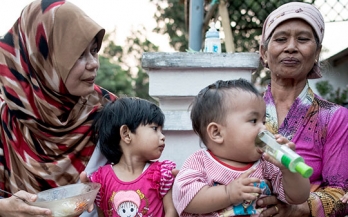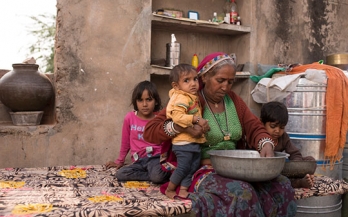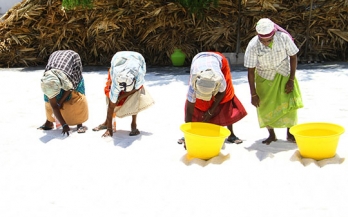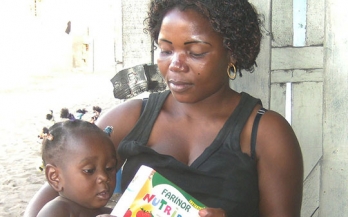The objectives of this study were to review the evidence base for maternal and Infant and Young Child Nutrition (IYCN) actions and to discuss the development of the Maternal, Infant, and Young Child Nutrition Network in relation to the IYCN Working Group's role and structure.
Food fortification is implemented to address vitamins A and D deficiencies in numerous countries. The stability of vitamins A and D3 was assessed during a two-month period reproducing the usual oil storage conditions before sale to consumers.
The objective of this study was to improve the understanding of contributors associated with the nutritional status of children 6 to 23 months of age living in urban areas of the Philippines.
The objective of this study was thus to analyze the dietary micronutrient intakes of these women, to select the food vehicles to be fortified and to calculate their contributions to meet the recommended nutrient intake for iron, zinc, vitamin A and folic acid.
The objective of this study was to examine the influence of improved information and educational messages on outer packaging of a micronutrient powder (MNP), locally known as “Taburia”, on knowledge and adherence to recommended use.
Household coverage with iodized salt was assessed in 10 countries that implemented Universal Salt Iodization.
The purpose of this study was to determine the overall prevalence of vitamin D and calcium deficiencies in women and young children and their nutritional related risk factors.
A spatially representative statewide survey was conducted in Rajasthan, India to assess household coverage of atta wheat flour, edible oil, and salt. An even distribution of primary sampling units were selected based on their proximity to centroids on a hexagonal grid laid over the survey area.
A cross-sectional survey was undertaken to estimate household iodised salt coverage at national and sub-national levels in India.
Poor complementary feeding practices among infants and young children in Côte d’Ivoire are major contributing factors to the country’s high burden of malnutrition. The objective of the current research was to assess various levels of coverage of the program and to identify coverage barriers.










